Understanding Toenail Fungus and Modern Treatment Innovations
Toenail fungus, medically known as onychomycosis, is a common infection affecting millions worldwide. Caused by fungi that thrive in warm, moist environments, it produces symptoms like thickened, discolored, brittle nails and debris buildup. Traditional treatments including oral antifungals and topical agents often come with limitations such as prolonged treatment times, potential side effects, and inconsistent effectiveness. In recent years, laser therapy has emerged as a promising modern alternative. This article explores what you need to know about laser treatments for nail fungus—how they work, effectiveness, safety, and considerations for patients.
What Is Laser Treatment for Nail Fungus and How Does It Work?
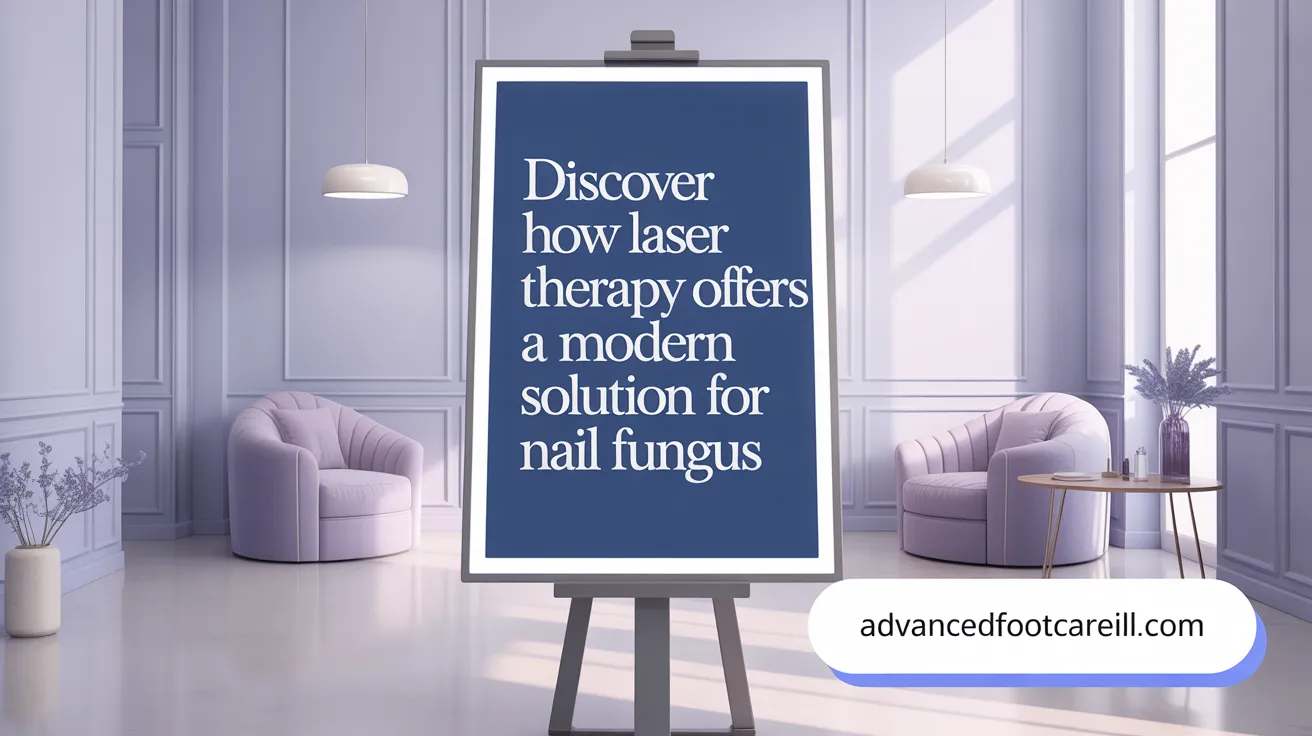
What is Laser Therapy for Toenail Fungus?
Laser treatment for toenail fungus is a modern, non-invasive procedure that uses focused light energy to treat onychomycosis, a common fungal infection affecting the nails.
How Does Laser Treatment Work for Nail Fungus?
This therapy employs specific wavelengths of concentrated light, such as CO2, long-pulsed Nd:YAG, and Q-Switched lasers, to penetrate the nail and nail bed. The generated heat disrupts fungal cells by damaging their genetic material and essential cellular processes. Moreover, the laser stimulates the body's immune response to remove residual fungal infections.
Types of Lasers Used in Treatment
- CO2 lasers: Known for higher cure rates (around 74%), effective in heating and eliminating fungi. See Efficacy of CO2 lasers for onychomycosis.
- Nd:YAG lasers: Long-pulsed type with good efficacy (around 63% cure rates). Refer to Nd:YAG laser cure rates for nail fungal infections.
- Q-Switched lasers: Used for precise targeting with minimal tissue damage as detailed in Laser fungal treatment.
Procedure Details and Session Frequency
Patients typically undergo multiple sessions, commonly spaced 4 to 8 weeks apart. Each treatment lasts roughly 15 to 30 minutes, involves no anesthesia, and is generally painless with patients feeling only mild warming or tingling. Full results can take several months to appear due to nail growth rates. More details at Procedure duration and process.
Benefits Over Traditional Treatments
Laser therapy offers advantages such as minimal discomfort, no systemic side effects seen with oral antifungals, no need for lengthy medication courses, and no recovery time after the procedure. It is especially beneficial for individuals who cannot tolerate oral medications or prefer a drug-free approach. See Benefits of laser therapy and Safe alternative to oral medications.
Effectiveness and Success Rates of Laser Therapy
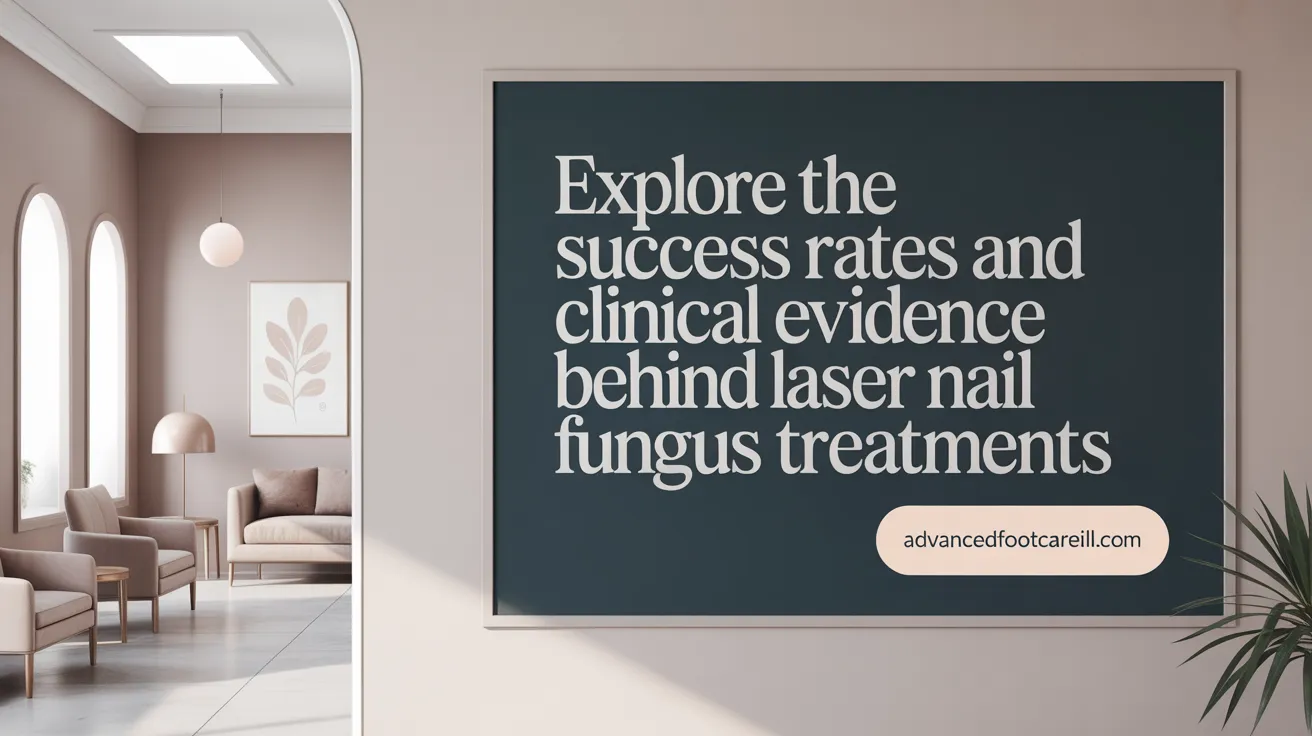
Clinical success rates and scientific studies
Laser treatment for toenail fungus demonstrates a varied effectiveness across studies. Meta-analysis data shows an overall mycological cure rate of approximately 63%. Specific lasers like CO2 have higher cure rates near 74%, while Nd:YAG lasers report around 63% effectiveness. Some clinical research trials suggest success rates may reach up to 90% with multiple treatment sessions and combination therapies.
Comparison with traditional treatments
Compared to oral antifungal medications with cure rates between 71% and 82%, laser therapy offers a safer alternative with fewer systemic side effects like liver or kidney toxicity. Topical treatments often show lower efficacy. Unlike oral drugs requiring prolonged use and potential monitoring, laser sessions are shorter and involve minimal discomfort without medication-related risks.
Types of lasers and cure rates
CO2 lasers generally provide higher cure rates (~74%) compared to long-pulsed Nd:YAG lasers (~63%). Some specialized perforated CO2 lasers achieve cure rates as high as 95%. The efficacy depends on the laser type as well as treatment parameters such as session frequency and nail thickness.
Treatment duration and nail regrowth timeline
Laser therapy typically involves multiple sessions spaced one to two months apart, with three or more treatments common. Visible improvements in nail appearance often become noticeable between 2 to 6 months post-treatment, while complete toenail regrowth can take 12 to 18 months due to slow nail growth rates.
Limitations and recurrence rates
Laser treatment does not guarantee a permanent cure; fungal infections can recur with rates varying from 10% to 50%. The slow nail regrowth can delay full visible outcomes, and treatment success varies with infection severity and patient-specific factors. Follow-up care, including topical antifungals and preventive hygiene practices, is important to reduce reinfection risks.
Laser therapy remains a promising, minimally invasive option for those seeking alternatives to medications, especially for patients with contraindications or intolerance to systemic therapies. For more details on Onychomycosis and advancements in laser precision and fungal eradication, consult the referenced resources.
Safety Profile and Advantages of Laser Treatments
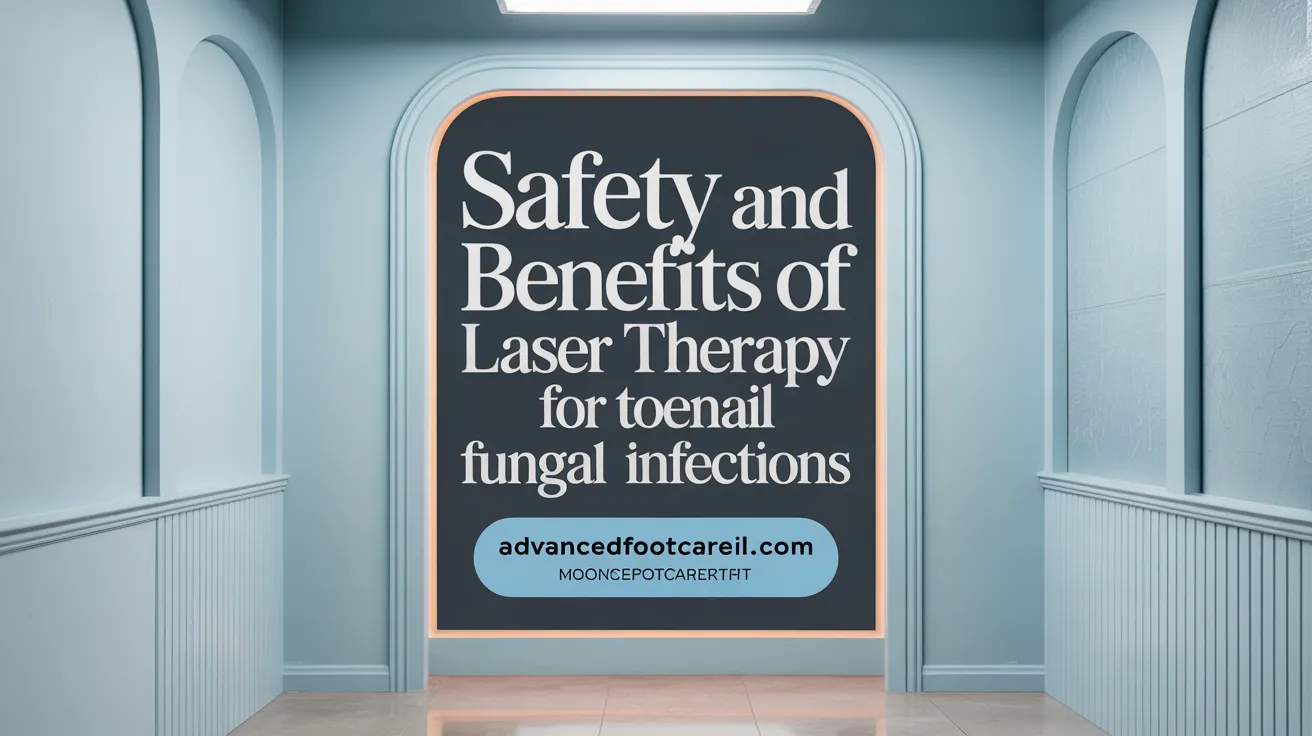
Is laser treatment safe and what are its side effects?
Laser fungal nail treatment safety for toenail fungus is widely regarded as safe, with minimal side effects reported by patients. The procedure is generally painless, with most people experiencing only a mild warming or tingling sensation during treatment. Some patients have noted mild burning or tingling feelings, and in rare cases, slight bleeding or scabbing may occur, but these effects typically resolve on their own without the need for additional care.
How does laser therapy compare to risks of systemic antifungal medications?
Unlike oral antifungal medications, which can pose risks such as liver enzyme elevation, kidney toxicity, gastrointestinal issues, and require blood monitoring, laser therapy for nail fungus avoids these systemic side effects. There is no need for prescription drugs or anesthesia, which reduces potential health risks and drug interactions.
What about patient comfort and tolerability?
Laser fungal toenail treatment are quick, usually lasting around 30 minutes, and do not require anesthesia. This results in high patient comfort and tolerability. The procedure is non-invasive and allows patients to resume their normal daily activities immediately following treatment.
Who benefits most from laser treatment?
Special populations such as individuals with liver or kidney disease, diabetics, elderly patients, children, and pregnant women may especially benefit from laser treatment for toenail fungus since it spares them from the side effects and contraindications of systemic antifungal drugs.
What is the recovery and downtime like?
There is essentially no downtime after laser treatment. Patients can continue with their routine right after the procedure. Full nail regrowth takes months, but recovery from the treatment itself is immediate and uneventful.
Clinical and Practical Considerations for Patients
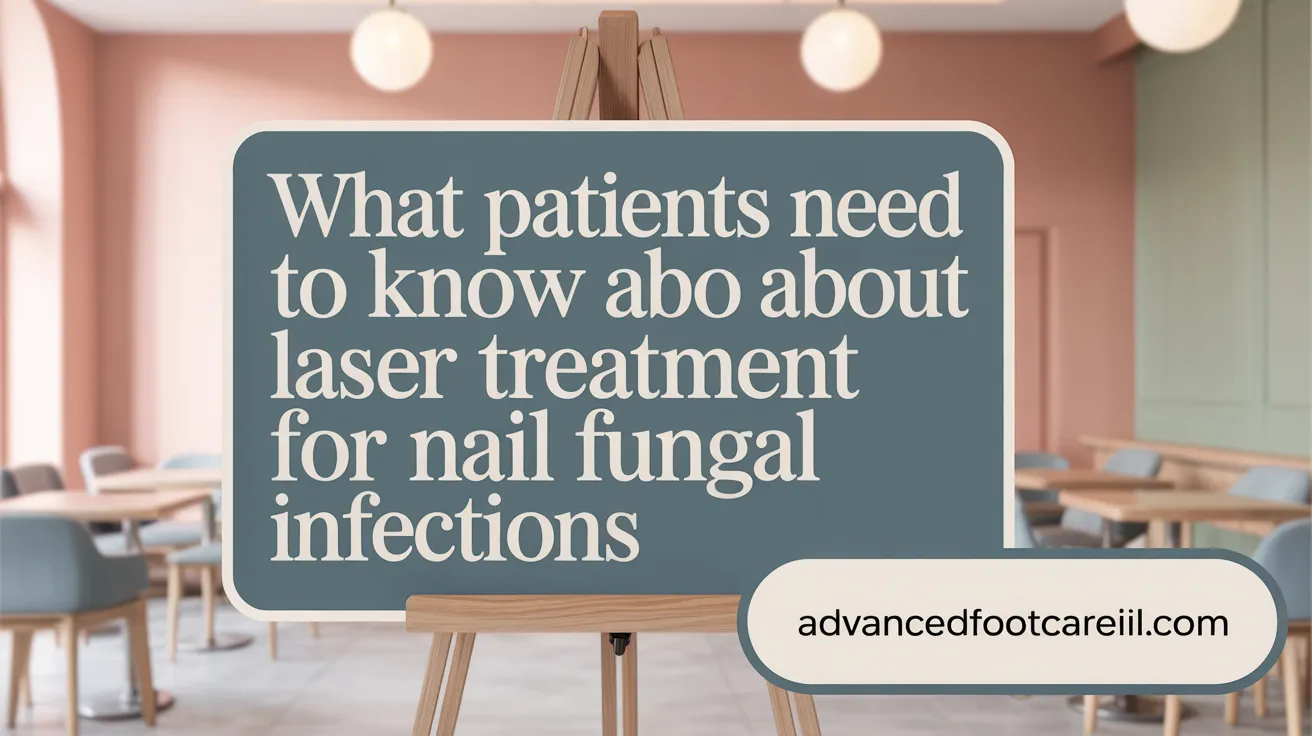
Who is a good candidate for laser treatment and what should patients expect?
Laser therapy is well-suited for patients with mild to moderate toenail fungal infections, especially those who have not found success with topical or oral antifungal medications. It is also a preferred option for individuals who experience side effects from medications or have medical conditions such as liver or kidney issues (Suitability for liver and kidney disease patients). Patients should expect to undergo typically two to three treatment sessions, each lasting under 30 minutes, spaced approximately one to two months apart. The treatment is painless with minimal discomfort, usually a warming sensation, and has no downtime (Non-invasive laser procedure).
How many sessions are usually required, and what is the treatment schedule?
The standard protocol involves multiple sessions—often two to four—spread over several weeks or months (Number of treatment sessions). For example, sessions might be scheduled one month apart or every 5 to 6 weeks depending on the clinic's protocol and severity of the infection (Treatment session frequency). Visible improvement typically begins around two months after the first session, but full nail regrowth and resolving the infection can take 9 to 12 months (Nail regrowth timeline).
What are the costs and insurance coverage?
Laser treatment costs vary widely, ranging approximately from $200 to over $1,000 per session depending on technology and clinic location (Cost of laser treatment. Because laser therapy is regarded mainly as a cosmetic procedure for toenail fungus, these treatments are usually not covered by health insurance (Insurance coverage for laser therapy). However, payment through Health Savings Accounts (HSA) or Flexible Spending Accounts (FSA) may be possible (Health Savings Accounts for laser treatment.
Can combination therapy improve outcomes?
Yes, combining laser treatment with topical antifungal agents (such as medicated creams or lacquers) may enhance effectiveness. The laser disrupts the fungus, allowing topical medications better penetration (Combination laser and antifungal drug therapy). Some clinics also incorporate oral antifungal drugs alongside laser sessions for more severe infections, but this depends on patient suitability (Combination of laser and oral antifungal therapy.
How can reinfection be prevented?
Since fungi are present in the environment, reinfection can occur even after successful treatment. Preventive measures include maintaining good foot hygiene, thoroughly drying feet, wearing protective footwear in communal areas, and using topical antifungal sprays or creams post-treatment (Toenail fungus prevention tips). Regular follow-ups with a podiatrist and addressing underlying risk factors like excessive sweating or circulatory issues also help sustain clear nails (Consulting a podiatrist for laser treatment).
| Aspect | Details | Notes |
|---|---|---|
| Candidate Suitability | Mild to moderate infection, medication intolerance, prior treatment failure | Includes elderly, diabetics (Candidate Suitability |
| Number of Sessions | 2 to 4 sessions, spaced 1 to 2 months apart (Treatment session frequency | Each session ~30 minutes (Procedure duration |
| Cost | $200–$1,000+ per session (Cost of laser treatment | Not generally insurance-covered; HSA/FSA options (Insurance coverage |
| Combination Therapy | Laser plus topical antifungals recommended (Combination laser and antifungal drug therapy | May include oral drugs depending on severity (Combination of laser and oral antifungal therapy |
| Prevention Practices | Good hygiene, drying, protective footwear, topical antifungals post-treatment (Toenail fungus prevention tips | Reduces reinfection risk (Consulting a podiatrist |
Limitations and Future Directions in Laser Nail Fungus Treatment
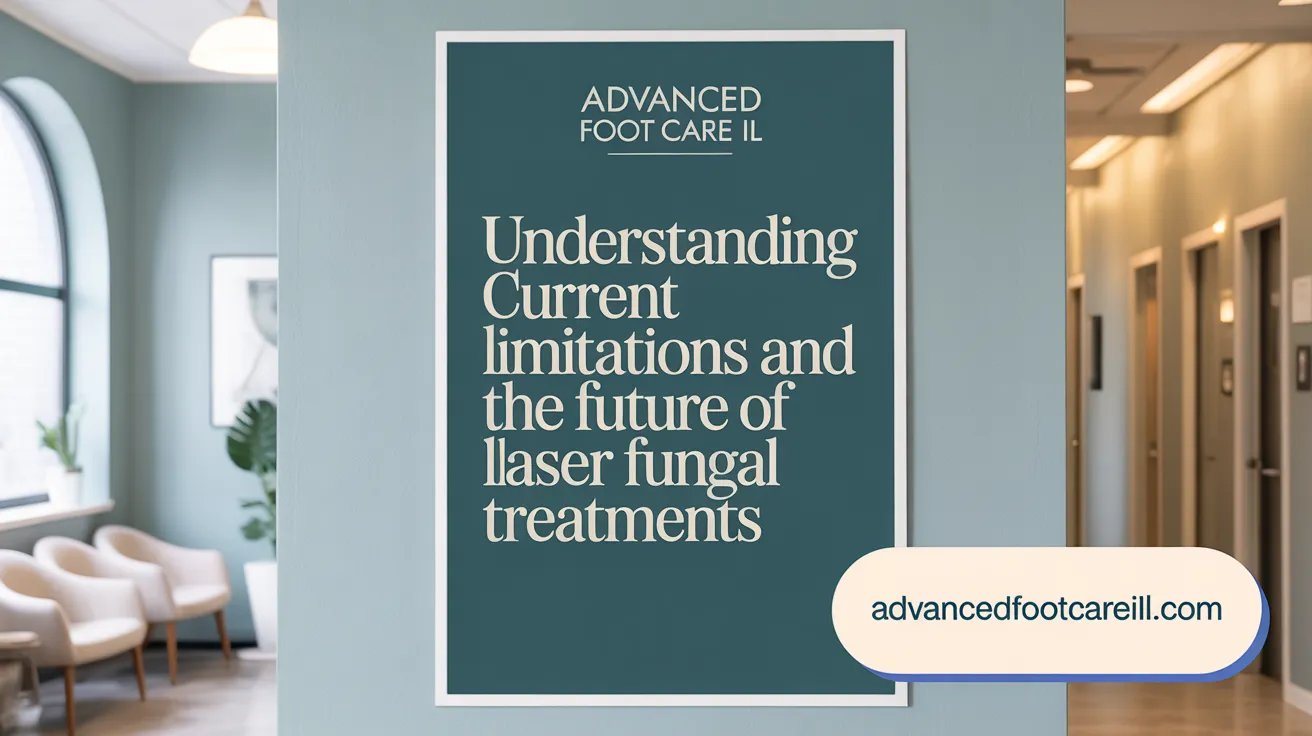
What are the limitations of laser treatment for nail fungus and what does the future hold?
Laser therapy for nail fungus offers a minimally invasive alternative to traditional treatments, but it carries important limitations. Clinical evidence remains mixed, with many studies lacking large-scale, randomized controlled trials and long-term follow-up needed to confirm sustained effectiveness. No laser device currently holds full FDA approval as a definitive fungicidal treatment; existing approvals target cosmetic enhancements such as temporary nail clearing.
One major challenge is the frequent recurrence of fungal infection after treatment. Variability in laser types, treatment protocols, and patient factors contributes to inconsistent outcomes. Achieving the high temperatures necessary to kill fungi risks damaging surrounding healthy tissue, raising safety concerns (safety and side effects of laser therapy.
Future directions include research to standardize and optimize laser treatment protocols and protocols, alongside exploring combination laser and antifungal drug therapy. Technological advances may improve laser precision and fungal eradication while minimizing adverse effects (laser treatment benefits and future advancements.
Laser treatments should be considered part of a comprehensive approach to onychomycosis management, combining preventive measures, established antifungal medications, and patient education to reduce reinfection risk and improve overall outcomes (comprehensive onychomycosis management.
Considering Laser Treatments for Nail Fungus: Balancing Hope and Realism
Laser therapy for toenail fungus represents an innovative option that combines efficacy with safety and convenience for many patients. While it offers advantages over traditional treatments by being painless, minimally invasive, and generally free of systemic side effects, patients should be aware that laser treatment does not guarantee a permanent cure and fungal recurrence remains a possibility. The gradual nail regrowth process requires patience, with visible improvement typically taking several months. Consulting with a board-certified podiatrist is essential to determine candidacy and develop a tailored treatment plan that may include laser therapy alongside topical antifungals and vigilant preventive measures. As research progresses and technology advances, laser treatments could become an integral component in the effective management of this common and challenging condition.
